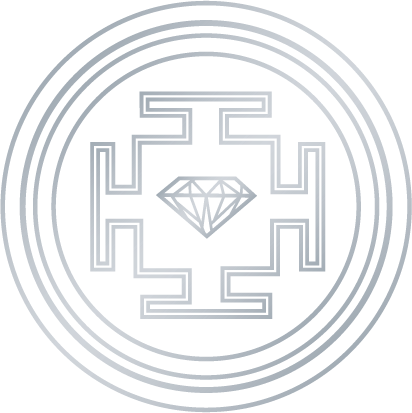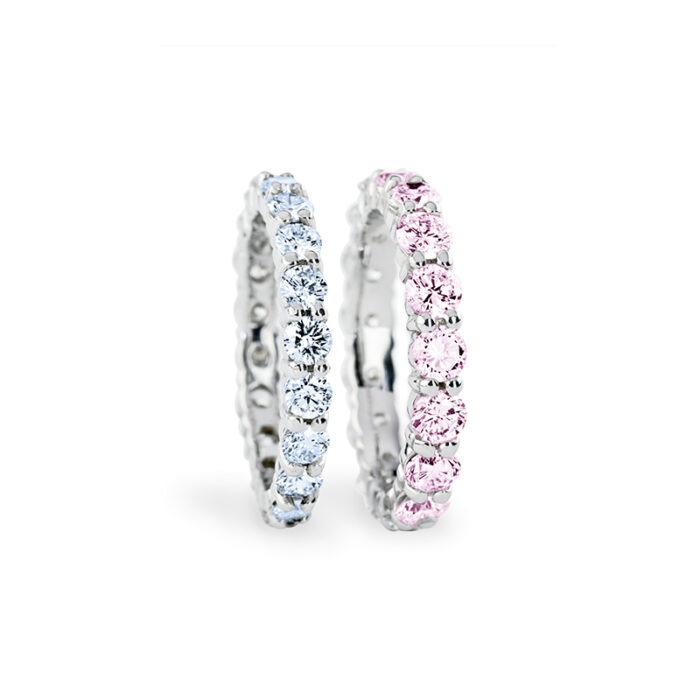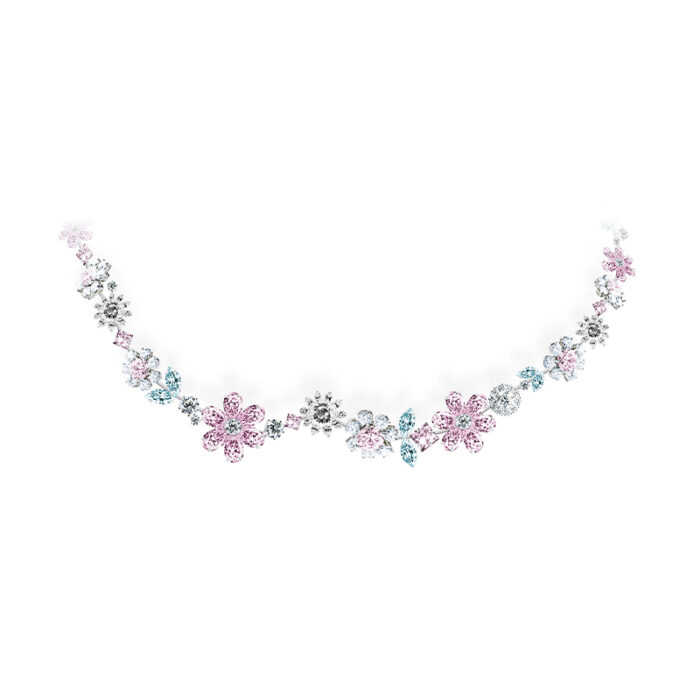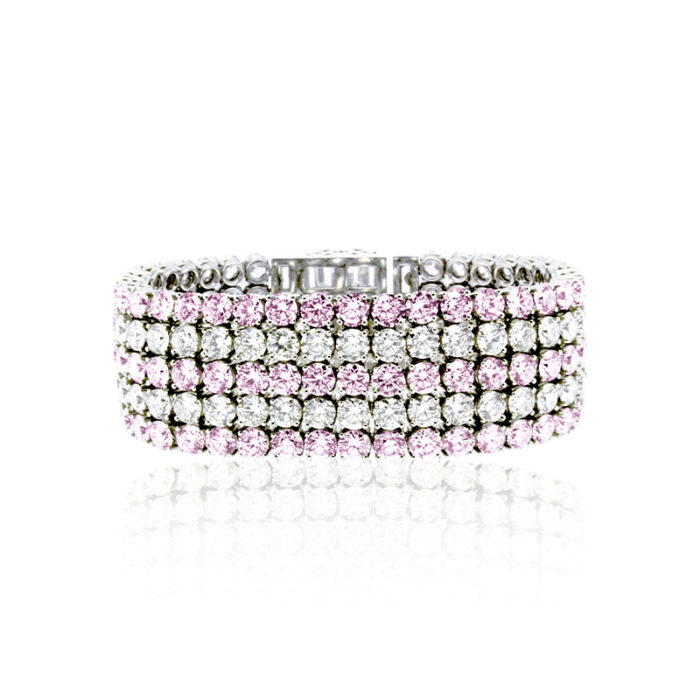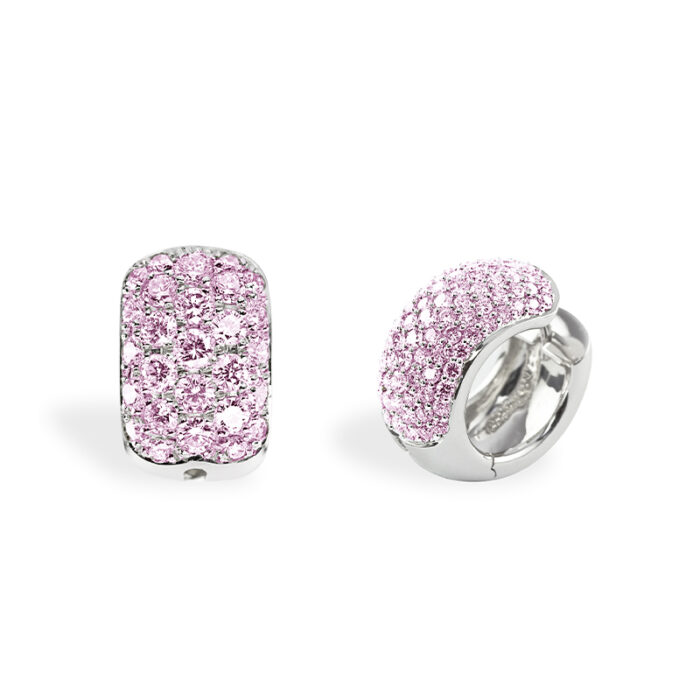Jewels
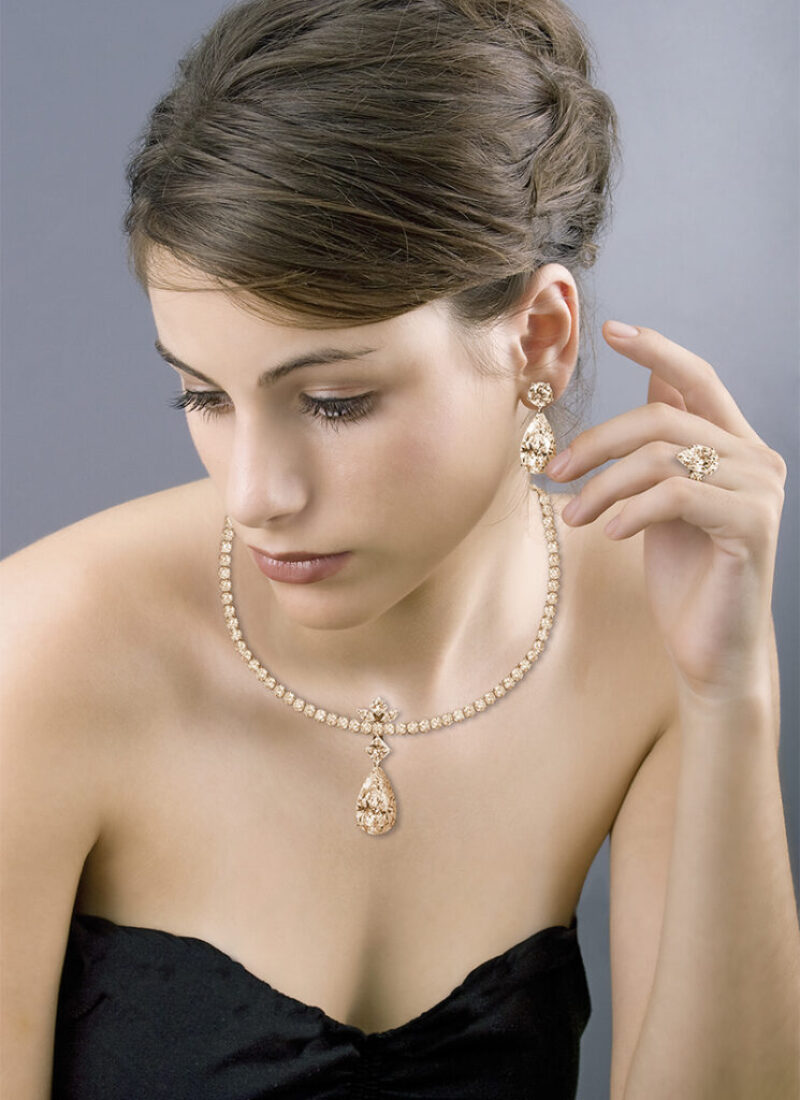








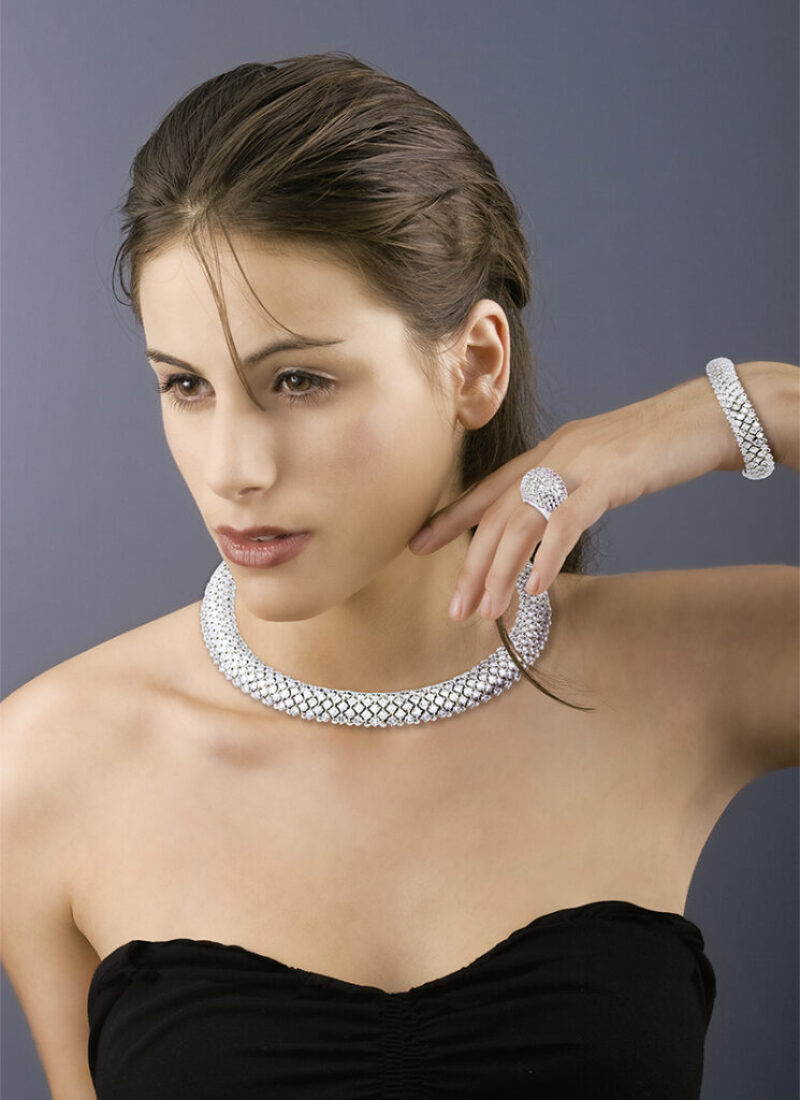
Diamantschleiferei
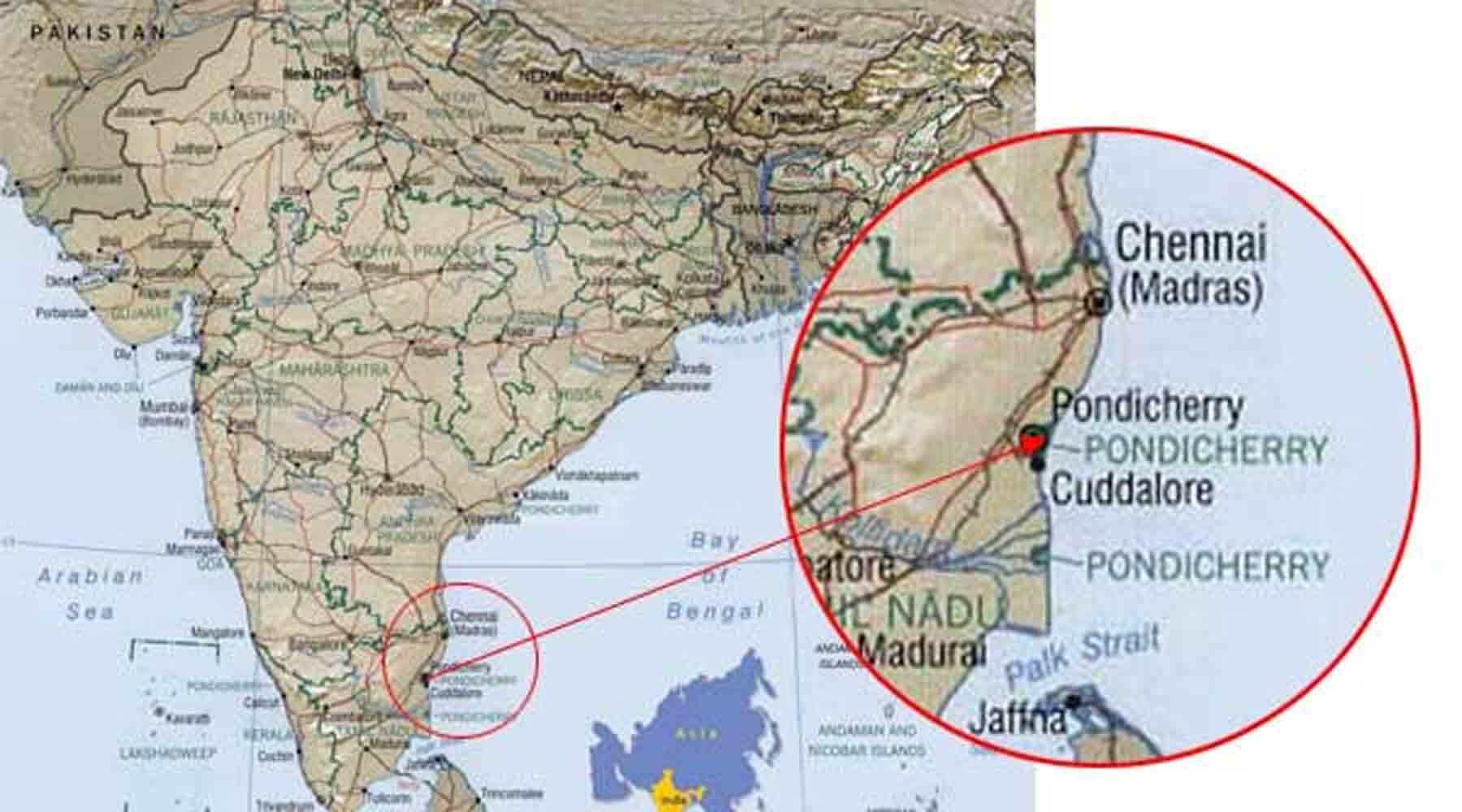
Pondicherry
on the gulf of Bengal, 130 km south of Chennai, lies the idyllic colonial town of Pondicherry.

Pondicherry
pondicherry is a sleepy little town, far away from the huge metropolises of india, which is home to some special features.

Pondicherry
since 1673, pondicherry had been a french colony, defying as best it could the english who occupied the whole of india.

Pondicherry
the usual indian drive naturally embeds elements here that are actually of a completely different nature.

Diamond cutting in Pondicherry
in the middle of the city, but in a somewhat hidden corner, lie the factory halls of the diamond cutting company michael bonke under palm trees.

Auroville
8 km from pondicherry is probably the most extraordinary social experiment of all: auroville. a futuristic international city with completely new ideas and structures.

Matrimandir
the matrimandir is the central building of auroville.

A diamond is created

the company “diamantschleiferei michael bonke” is currently the only german company that still seriously operates the cutting of diamonds as an industrial trade.

work in the grinding shop starts at 6 o’clock in the morning. lunch is served at 9.30 am. when the tension subsides and the typical indian joie de vivre takes over, you see almost only smiling faces.

Only very few diamond grinding shops have their own sawmill – probably only one out of a hundred.

A diamond cutter that has its own sawmill is the king of cutters. only sawn rough diamonds produce perfectly cut brilliant-cut diamonds with perfect proportions.

diamonds can either be cut from sawn rough (after sawing), or from non-sawable rough. The raw material that cannot be sawn is either cleaved or cut as it is (makables). out of 50 diamond grinding companies, about 40 work with non-sawable rough and only 10 with sawable rough diamonds. and out of these 10 sanders, only one has its own sawmill.

the fact that we have our own diamond sawmill puts us way ahead of the competition. Grinding shops that either cannot grind sawn goods at all or have to outsource parts of the work (such as sawing) are always at a disadvantage.

Pre-sorting the raw material
the work on the rough diamond begins with pre-sorting. after a lot of rough diamonds arrives at the frabrik, it is divided into: octahedron crystals, rhobododecahedron crystals, flat stones and stones with special features.

Designing
the next step is designing. this is very important and responsible work. the “designer” studies the stone and decides where to place the saw cut.

Cutting planes
the cutting plane during sawing can be centred and thus results in two brilliants of the same size. Otherwise, the stone can be sawn asymmetrically. this then gives two brilliants of different sizes. the total weight of the two stones is about the same for both variants. but in some cases, two stones of the same size are not as valuable as one large stone and one small stone.

not all diamonds are sawable. Most rough stones do not have a clear crystal structure and therefore cannot be sawn. if you can saw a diamond in half, then that is the best starting position for cutting diamonds.

marking the rough diamonds for sawing is one of the most crucial jobs in the factory. the company’s entire profit often depends on the designer’s skills. the saw plane must run through inclusions in the stone, or divide the stone in such a way that it later results in two brilliants with ideal proportions.

After the saw plane is marked on the stone, it is marked with a red dot for the setter. the stone is then placed in the holder with the marked corner facing upwards.

the setter cements the stone into the holding pin. the diamond must be cemented in place with its axis exactly parallel to the retaining pin. otherwise the saw will not run properly and the symmetry of the brilliant will not be perfect later.

sorting, designing and setting are completed. the rough diamond is ready for sawing.

the rough diamond is clamped between two pins and is cut by a fine copper blade. the copper blade rotates at high speed and actually only serves as a carrier for the diamond powder, which carries out the actual sawing process.

sawing a diamond takes between 30 minutes and a week, depending on the size of the stone. One worker supervises 20 saws at a time. A worker saws between 50 and 200 rough diamonds a day.

After sawing, the diamond halves are first sorted through again.

the perfect crystals are marked red and go directly to the graters. crooked stones must first be brought to a clear symmetrical axis by grinding four facets. This process is called “modelling”.

During reaming or “bruting”, the diamond is clamped between two mandrels which rotate at high speed. then the stone is rubbed with another diamond until it is perfectly round.

the weight of the later stone depends on a moderate and perfect bruting. if the grater grinds wildly, the stone loses too much weight. If he grinds too little, there will not be enough grinded surface on the diamond to have an even roundness later on.

since weight loss in diamond grinding is primarily dependent on the reaming department, the owner of any grinding shop will spend most of his time in this department. Perfect balancing of the graters and perfect work of the fryers are the two main criteria he has to pay attention to.

after reaming, the so-called “tablets”, i.e. the main facet of the stones, are polished, then the diamonds go to the “pinzetting” department. Here, the diamonds are clamped in holders in which the lower part is then ground.

the absolute precision of the “presspots”, the small mini collets, is of great importance. if the stone is not absolutely straight, the “culet”, i.e. the tip of the brilliant, will shift during the cutting process.

although millions of presspots are manufactured every day in india, we import every single holder from belgium. we use each pot only once, and then sell it to other grinders who use their pots ten times or more.

diamond grinding is not an easy profession. the first prerequisite is that you have what the experts call “a light hand”.

diamond grinding with precision is a tough school – a character training you can’t escape.

to conquer the diamond, the hardest material, requires fighting spirit and willpower. If you don’t try hard and work hard, you’ll end up with such a bad number of pieces that your work won’t pay off.

our grinders have to develop a sense of precision and perfection within a very short time, which contradicts everything in their environment and origin. because indian culture is characterised by breadth and tolerance. we teach them the opposite.

a diamond cutter must also have a balanced soul. because without equanimity he makes mistakes. the slightest carelessness can mean the loss of an entire stone.

the grinder must already be able to recognise when grinding a facet whether an angle is too flat or too steep. when a facet is finished while cutting the diamond, it must arrive at the point or roundel.

a grinder who grinds with precision must be able to concentrate absolutely for hours on end and be able to stand in an inner state of tension for most of the day.

after rounding the stone, the lower part is ground first. 8 facets touching the top of the stone (the culet) and 16 facets touching the roundel. the roundel is the boundary between the lower and upper parts of the diamond.

When grinding a diamond, it heats up due to the friction with the grinding wheel. To prevent the diamond from burning, it must be protected from atmospheric oxygen.

the half-finished brilliants are swivelled in boiling boric acid for this purpose.

above 1000 degrees celsius, the diamond begins to “graphitise” on the surface. a milky coating forms on the surface. To prevent this, we coat the stone with liquid borax, which prevents contact with atmospheric oxygen.

if the 8 facets and 16 facets of the lower part do not become exactly the same size, then the axis of the brilliant shifts. the consequence is that the stone has no real “fire”, i.e. it does not sparkle, but only “scatters” the reflected light.

after finishing the bottom part, it’s half time. half the work is done, the stone is now missing the top.

Between the individual work processes, the stones are returned to the “checking rooms”. every single stone is rechecked several times by the senior supervisor.

within the company, there are strict rules regarding the handling of diamonds. Each cutter is given a small number of diamonds to sign for and is responsible for.

the top grinders grind the 24 facets that lie between the round bar and the panel facet. the 8 facets that frame the panel are called “stars”.

the grinder of the upper part must divide exactly how he places his facets between the already ground panel and the already ground lower part.

Within 24 seconds, the grinder must place the bevel and then correct it in two directions. a correction is the slope of the facet that determines the size. the other prevents the facet from running into the neighbouring facets.

at the same time, he must align the upper part facets with the lower part facets.

after that, it is simply corrected and corrected again and again. with the click graduation, the grinder can roughly preset the position of the facets, but the fine tuning is done by hand.

the further you progress in cutting the brilliant, the more difficult it becomes to keep the cut within the tolerances for a 100% result.

Quality control takes place in our grinding shop at least six times during the grinding process. A total of 10 to 15% of the stones are then reworked in one way or another.

the last working process is the “star facets”. it is the eight facets that surround the tablet. a good grinder grinds up to 1200 of these facets per day. that means he needs just 24 seconds for one facet.

If the stars are ground just a little too large, the panel will be a little too small and the edges of the panel will appear concave. If the stars are a little too small, the panel will be too large and the edges of the panel will appear convex.

after all sanding work has been completed, the brilliant is boiled in acid to clean it of all tar and sanding paste residues. then he comes to graduate. our graduates only use the 20x loupe. they work more accurately with this than with 10x.

our first grinder, rammurti, is still with us. He is now the production manager and is responsible for the production process, all technical matters and the workforce.

Even stones of only one millimetre in size are perfectly cut by us.

the food in our kitchen is good. the cooks cook according to the suggestions of the staff.

To prevent the brilliant from getting grooves during grinding, the grinding wheels must be completely removed and replaced once a week. they are scrubbed flat with carborundum powder in a water bath.

After removal, the discs are roughened so that the diamond dust holds better.

fresh grinding wheels after service.

the commercial management of a diamond cutting shop is an art in itself. major customers from Kuwait have come. they are the owners of one of the largest jewellery chains in the world. they stay two whole days and know exactly what they want!

the finished brilliants are not sold by weight, but by screen size. there are usually three screen sizes, which include stones from 0.001 to 0.02, from 0.025 to 0.07 and from 0.075 to 0.14 ct.

the biggest problem is calibration. If, for example, customers order 5000 2.9 mm brilliants in “tw vs” per month, we have to cut about 200,000 brilliants at a time in order to sort out these 5000 pieces. and who will then buy the remaining 195,000 bricks from us?

Another problem is that of graduation. some customers want a very strict graduation, others prefer a more commercial one at a lower price.

Such negotiations are always difficult. Major customers not only try to define the quantities in precisely defined sizes and qualities, but often also the type of polish.

if the customer then also demands a certain polish, the order is no longer feasible. in the usa, for example, a cut with a small plate and a high top is currently in fashion.

If a large customer wants to benefit from the price advantage offered by direct purchasing from the grinding shop, he is forced to spread his order over a wider range. Negotiations then often bring both parties to the edge of their capabilities.

we are proud to have cut more than 5 million brilliants in perfect cut quality over the last 25 years. 5 million brilliants flash every day somewhere in the world, with a shine that is a little different from the usual.
Niveau Élevé
Niveau élevé is a Swiss watch brand that originated in the canton of Zug, located next to Zurich and Lucerne.
The watches are assembled near the centre of the Swiss watch industry, in Biel and Grenchen. But the decisive elements come from Zug: the concept of the watch and important components such as the dial, the design, …
With the watches of Niveau élevé, a new chapter in the construction of the classic watch begins. The dial, the division of time, is fused with the watch glass and a new element is established – the dial glass.
